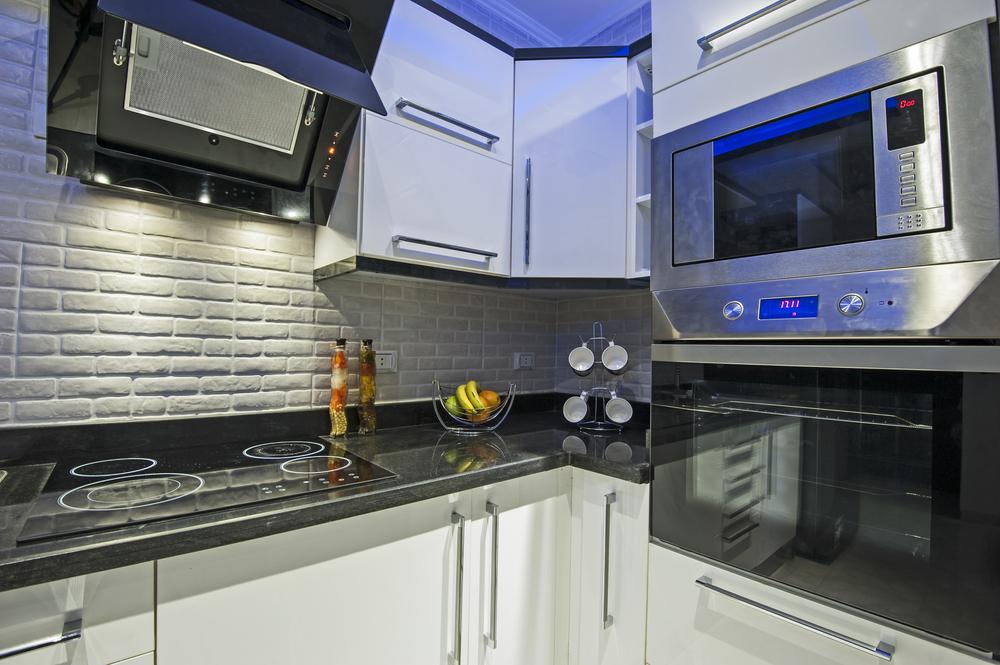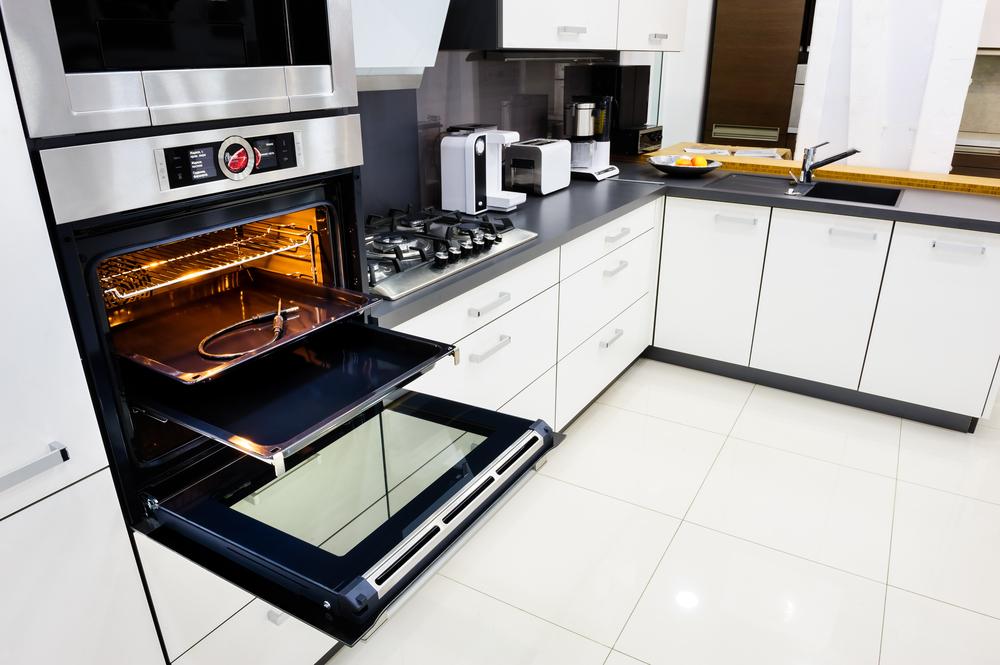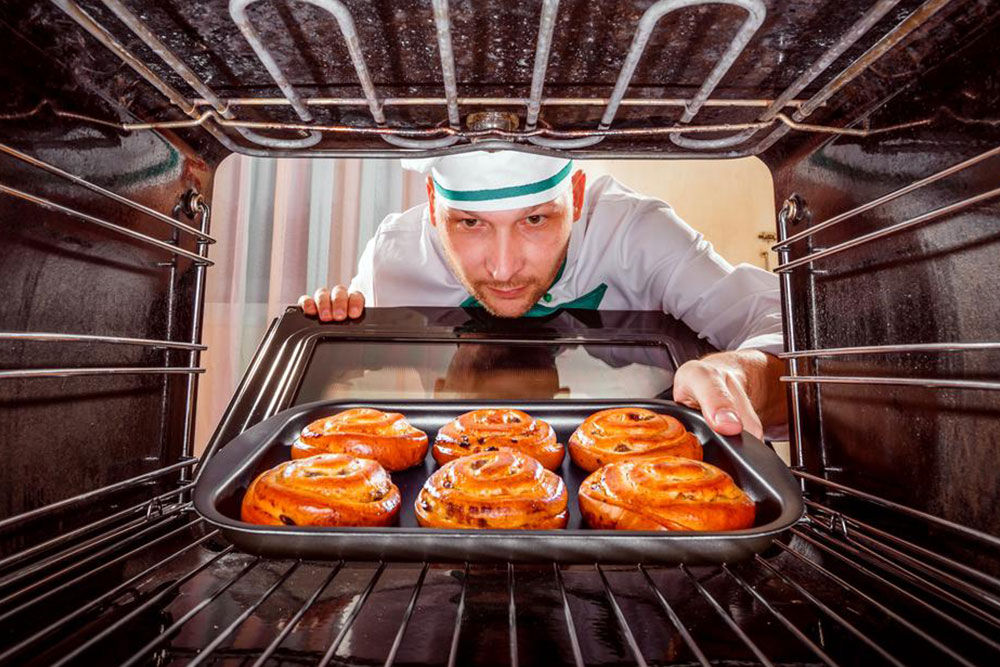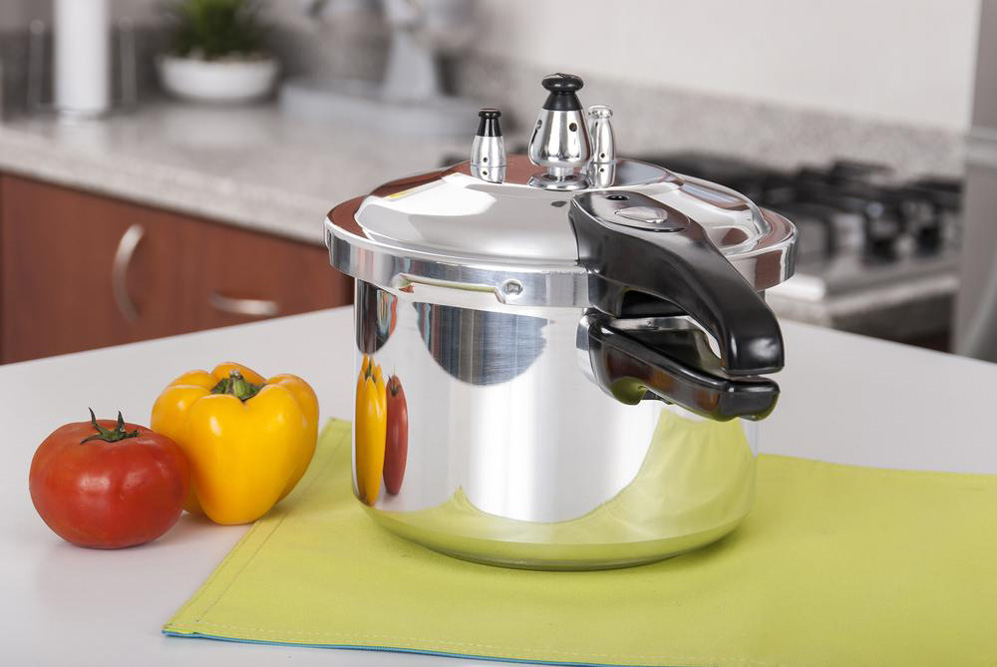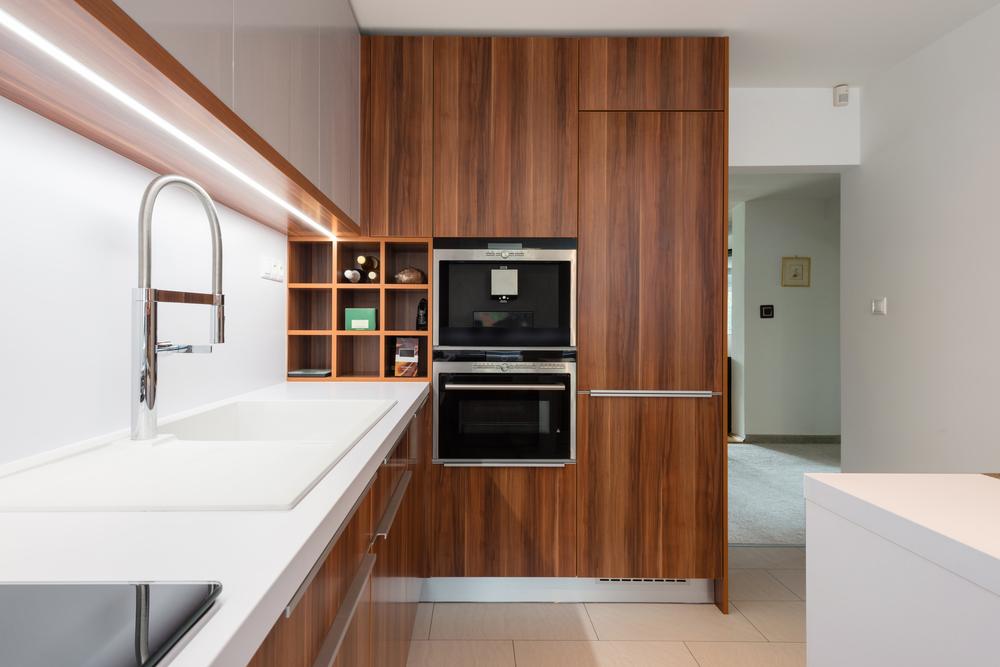Choosing Between Built-In and Freestanding Ovens: Which Is Right for Your Kitchen?
Discover the key differences between built-in and freestanding ovens to help you select the perfect fit for your kitchen. Consider space, budget, and cooking habits to make an informed decision. Both options offer unique benefits, so choose wisely to enhance your cooking experience for years to come.

Built-In vs. Freestanding Ovens - Which Is the Perfect Choice?
If your kitchen is the heart of your home and your favorite space, selecting the right appliances is essential for functionality and style. Among these, the oven plays a crucial role in your cooking experience, handling everything from everyday meals to elaborate dishes. When browsing options, you might encounter both built-in (wall) ovens and freestanding models. Deciding which fits your needs isn't always straightforward.
Understanding the differences can help you choose an appliance that enhances your cooking efficiency. Read on to discover key factors to consider when selecting between these two types of ovens for your kitchen.
Kitchen Space: The available space in your kitchen should influence your choice. Built-in ovens are mounted into cabinetry and require significant installation space, often occupying around 50 inches of width. Freestanding ovens are more compact and suitable for smaller areas. Ensure you leave a minimum of 12 inches clearance on each side for safety and convenience. If your kitchen is spacious, a built-in oven can seamlessly integrate into your design. For limited space, a freestanding model is more practical.
Budget Considerations: Cost is a key factor. Freestanding ovens are generally more affordable, starting around $250, making them ideal for tight budgets. Higher-end models with advanced features will cost more. Built-in ovens tend to be pricier, with prices starting at approximately $1000, especially if you opt for premium features. Your budget will influence your final decision, balancing cost with desired functionalities.
Cooking Preferences: The type of meals you prepare regularly can guide your choice. If you tend to cook multiple dishes simultaneously, built-in wall ovens offer more space and convenience. Additionally, considering the user’s height and physical ability is important—wall ovens are generally easier to access for everyone, making them preferable for seniors or taller individuals. Freestanding models may require bending or reaching, which could be less comfortable.
Both options have distinct advantages and limitations. Your long-term needs, appliance durability, and desired features should influence your selection. Remember, investing in quality appliances ensures longevity and satisfaction over the years.
Note: Our blog offers insights across various categories, providing helpful information and research-based guidance. However, the data should not be regarded as definitive. We cannot be responsible for discrepancies or outdated offers found elsewhere. Always verify details for your specific situation.

